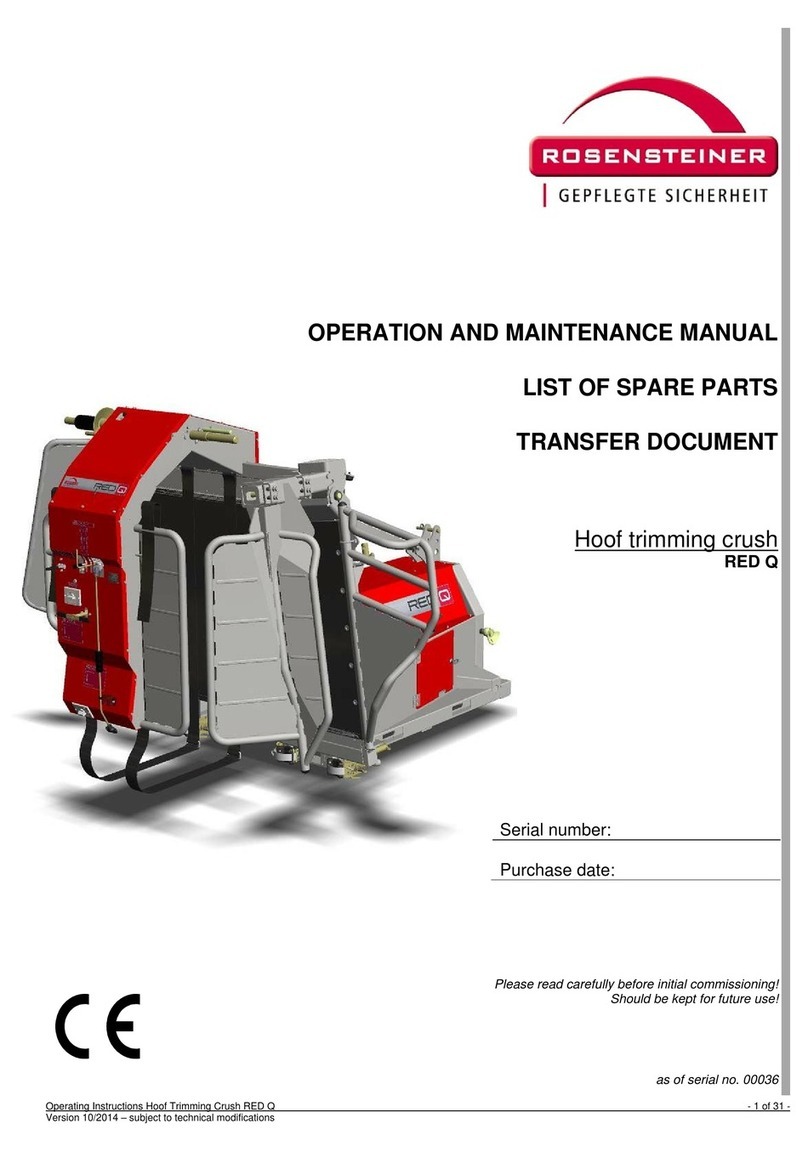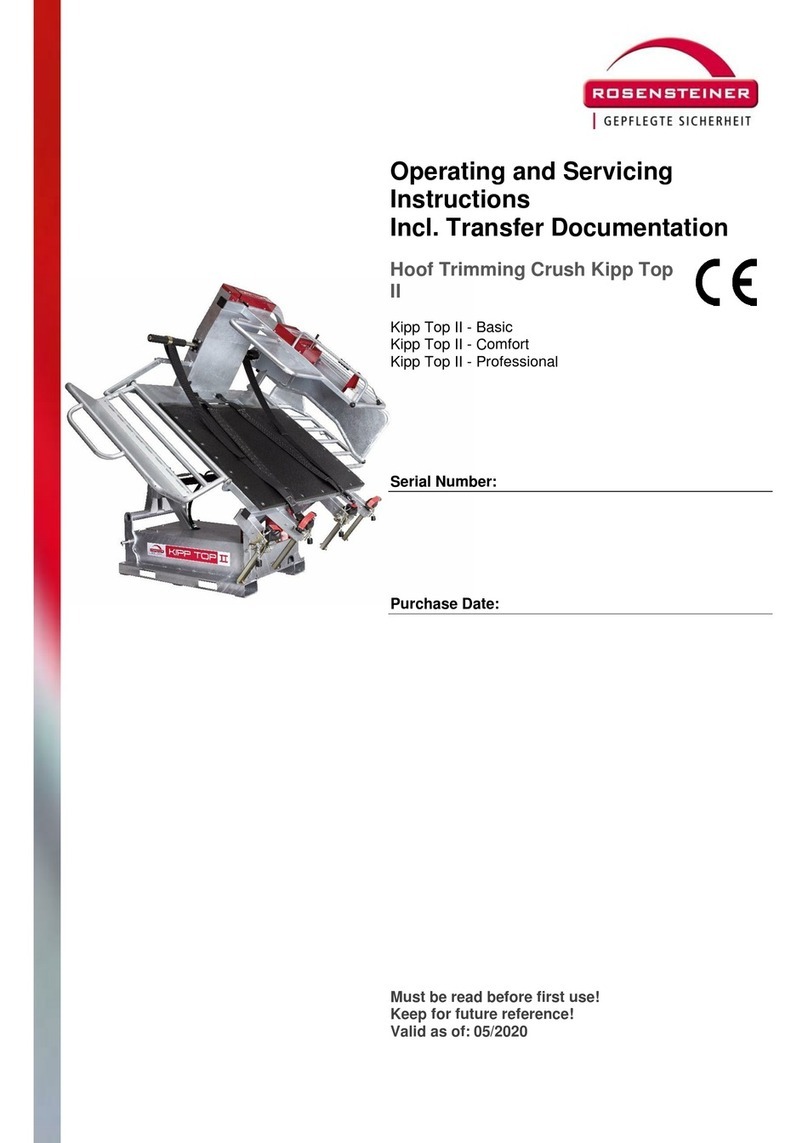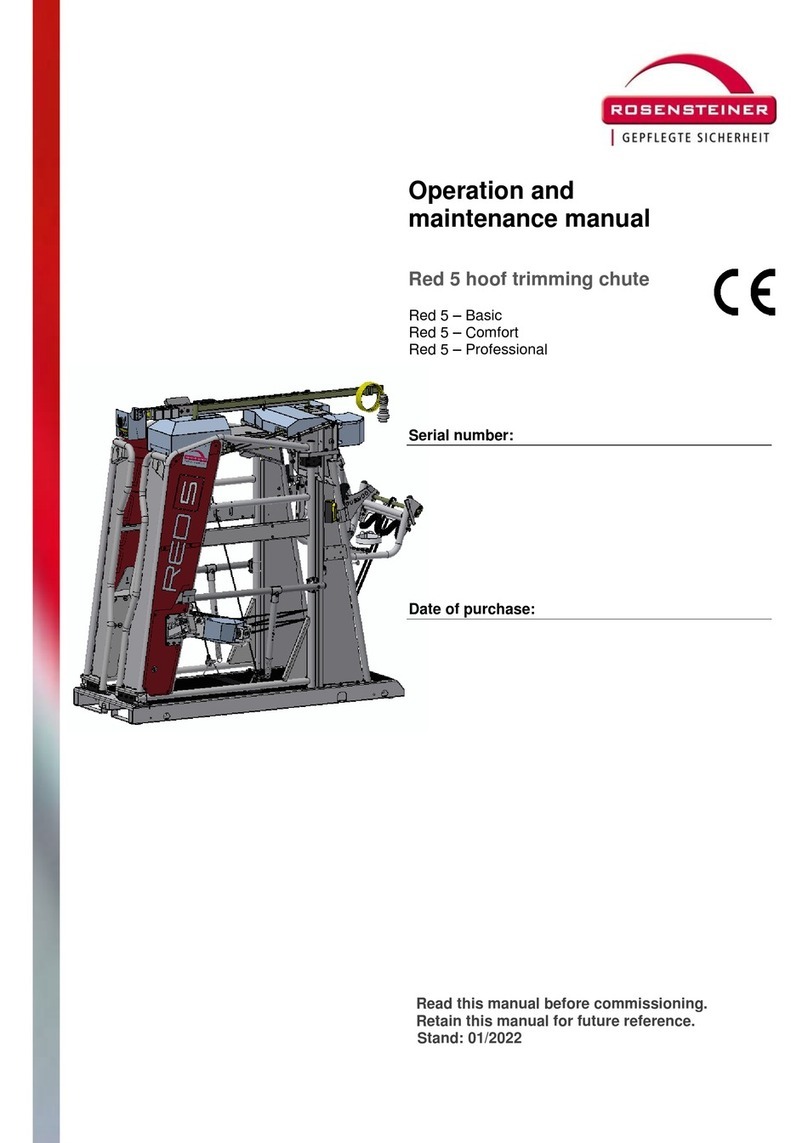Contents
1INTRODUCTION.........................................................................................................................3
1.1 About this Product............................................................................................................................... 3
1.2 Intended Use ....................................................................................................................................... 4
1.3 Examples of Incorrect Use ...................................................................................................................4
1.4 EU- Declaration of Conformity.............................................................................................................5
1.5 Guarantee Statement .......................................................................................................................... 5
1.6 Technical Data .....................................................................................................................................6
1.7 Ratings Plate........................................................................................................................................6
1.8 Structure and Scope of Applicability of the Operating Instructions......................................................6
1.8.1 Structure ......................................................................................................................................... 6
1.8.2 Target Group ................................................................................................................................... 6
1.8.3 Changes to these Operating Instructions......................................................................................... 7
1.8.4 Retention of these Operating Instructions.......................................................................................7
1.8.5 Locational Restrictions .................................................................................................................... 7
1.8.6 Time Limitations..............................................................................................................................7
1.8.7 Work Space Operation .................................................................................................................... 7
1.8.8 Explanation of the Information and Hazard Notices ........................................................................8
1.8.9 Pictograms in the Operating Instructions and on the Machine ........................................................8
2TRANSPORT POSITION ...........................................................................................................9
2.1 Attaching Hoof Care Crush to a Tractor................................................................................................9
2.2 Driving Hoof Care Crush with a Tractor.............................................................................................. 10
2.3 Removing Hoof Care Crush from the Tractor and Set Down............................................................... 10
3COMMISSIONING /OPERATION......................................................................................... 11
3.1 Appliance View / Main Operating Elements ...................................................................................... 11
3.2 Safety Instructions before Commissioning the Machine .................................................................... 12
3.3 Hazard Area / Work Area................................................................................................................... 13
3.4 Procedure for Commissioning the Care and Treatment Crush............................................................ 13
3.5 Emergency Program Connection for External Hydraulics ................................................................... 15
4CLEANING ................................................................................................................................. 16
5SERVICING / MAINTENANCE / REPAIR........................................................................... 16
5.1 Safety Instructions............................................................................................................................. 16
5.2 Electrical Hazard ................................................................................................................................ 16
5.3 Servicing and Care ............................................................................................................................. 17
6REPLACEMENT PARTS ......................................................................................................... 17
7PERIODIC INSPECTION......................................................................................................... 18
8SCOPE OF DELIVERY / ACCESSORIES .............................................................................. 19


































